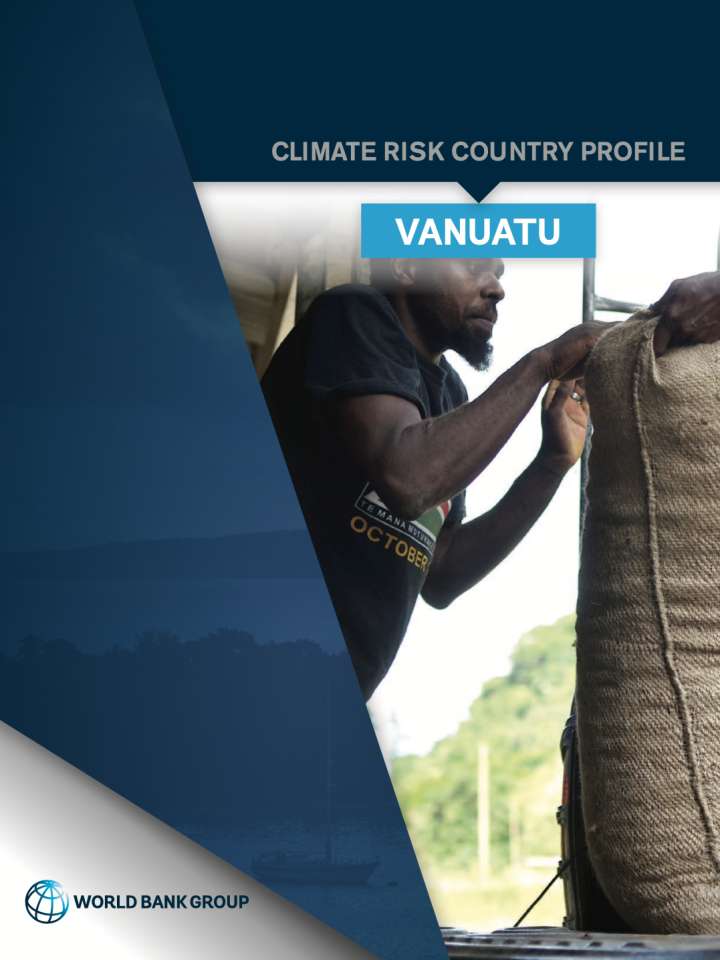Climate risk country profile: Vanuatu
This document aims to succinctly summarize the climate risks faced by Vanuatu. This includes rapid onset and long- term changes in key climate parameters, as well as impacts of these changes on communities, livelihoods and economies, many of which are already underway. This is a high-level synthesis of existing research and analyses, focusing on the geographic domain of Vanuatu, therefore potentially excluding some international influences and localized impacts. The document also aims to direct the reader to many useful sources of secondary data and research.
Some of the key messages of this paper include:
- Vanuatu is warming and is expected to warm throughout the 21st century. Future rates of warming are clouded by current models’ inability to simulate very localized changes but, warming is expected to be in the range of 0.7°C–2.9°C depending on the 21st century rate of global emissions.
- Natural variability between years, even decades, ensure short- and medium-term rainfall changes are difficult to detect and project into the future. Further research is urgently required to develop models better suited to modelling the future climate of Pacific Islands.
- The sea-level near Vanuatu is projected to increase throughout the 21st century, with models showing a very high confidence in this trend. While Vanuatu’s islands have higher elevation than some Pacific Island nations’, long-term sea-level rise, in combination with local tectonic movements, threatens coastal livelihoods and infrastructure.
- Coral bleaching as a result of climate change is a significant risk to the country’s ecology and economy and is part of the global picture of coral loss.
Explore further
